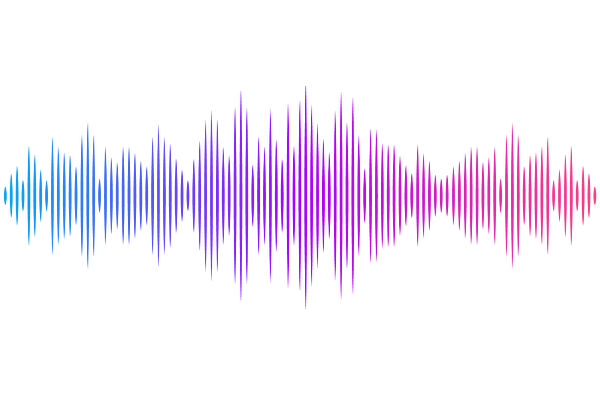Two decades of satellite images reveal the spatial and temporal dynamics of leafy spurge invasion and improve species distribution models

Two decades of satellite images reveal the spatial and temporal dynamics of leafy spurge invasion and improve species distribution models
Lake, T. A.; Briscoe Runquist, R. D.; Moeller, D. A.
AbstractDeveloping accurate and cost-effective methods to detect and predict the spread of invasive species remains an ongoing challenge. Species distribution models (SDMs) are used to predict invasion under current and future climates. However, occurrence datasets are often spatially and temporally biased because they are collected in an unstructured and opportunistic manner. Remote sensing individual species over broad spatial and temporal scales has become increasingly feasible with the accumulation of satellite images and the development of convolutional neural networks. In this study, we used 21-years of archival Landsat satellite imagery (2000-2020) to train a temporal convolutional neural network model to predict the probability of occurrence of the invasive species, leafy spurge (Euphorbia virgata), across Minnesota. We validated our predictions with an independent dataset. First, we show that that leafy spurge has expanded from 1,067 km2 occupied in 2000-2002 to 7,156 km2 in 2018-2020, a 570% increase. Surprisingly, drought severity modulated the predicted area invaded and was associated with fluctuations over the study period. Second, we tracked changes in probability over time for individual pixels and showed that invasion has been concentrated in two largely disjunct regions of Minnesota. Third, our remotely-sensed occurrence dataset and community science dataset were biased to roadsides, although the latter was more severely biased. Last, we showed that SDMs built using remotely-sensed occurrences had higher discrimination, were less overfit, and had higher performance outside of urban areas. Overall, twenty one years of archival satellite imagery provided valuable insight into the spatial and temporal population dynamics of leafy spurge invasion and improved forecasts of future invasion by reducing spatial bias.